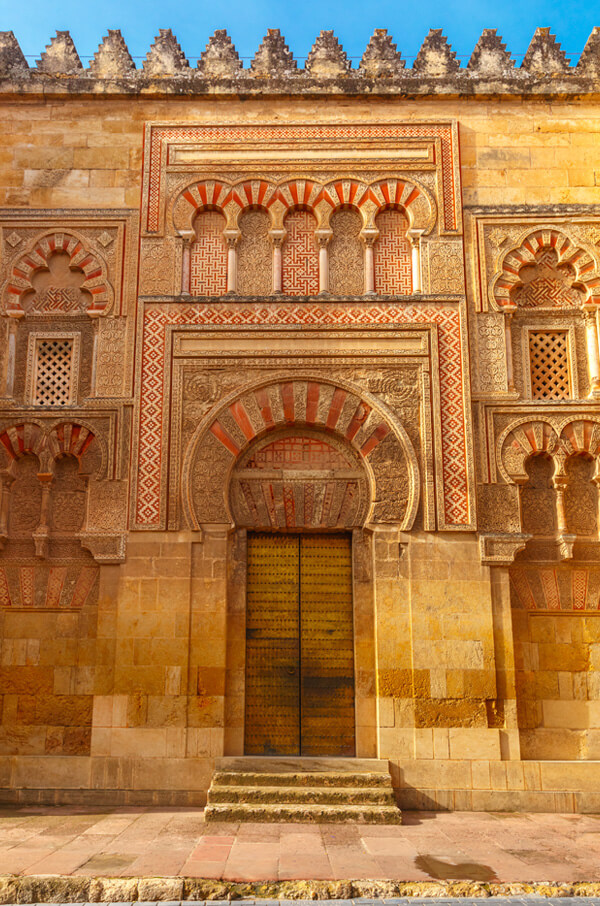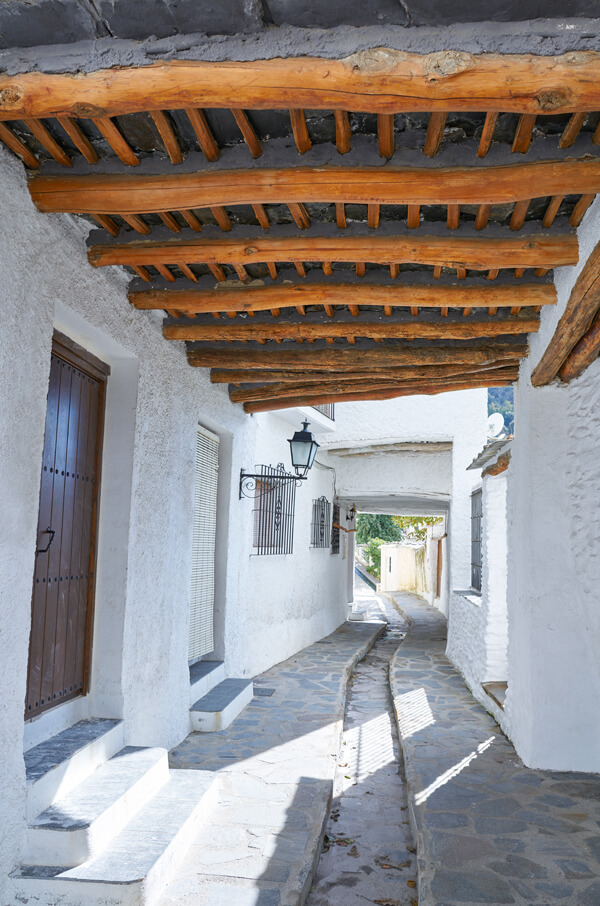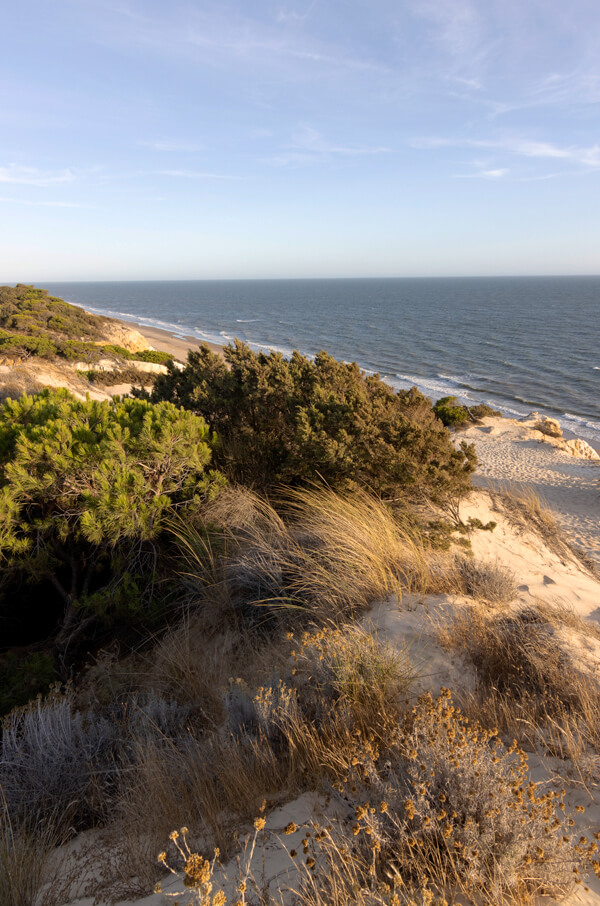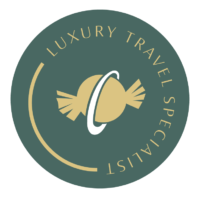Spain
FROM ANCIENT TO COSMOPOLITAN CITIES
DESTINATION
Travel to Spain
CaramelTrail is an inbound travel agency formed by a team of Spaniards eager to share Spain with the rest of the world.
Want to experience an amazing Spain trip but not sure where to go? Spain is a destination that can be visited year-round, you just have to set your expectations right.
We have a deep knowledge of our country
In CaramelTrail we can plan a trip to Spain that will include gastronomy, culture, folklore, outdoor activities and the best kept secrets of Spain! We will recommend the best off-the-beaten-track places to visit, those where the essence of Spain is!
Our favorite places
Let us show you our favorite places in Spain, like La Axarquia and discover why is the last Mediterranean gem, the Basque Country where tradition and modernity go hand by hand or Costa Brava and its medieval villages and hidden coves!
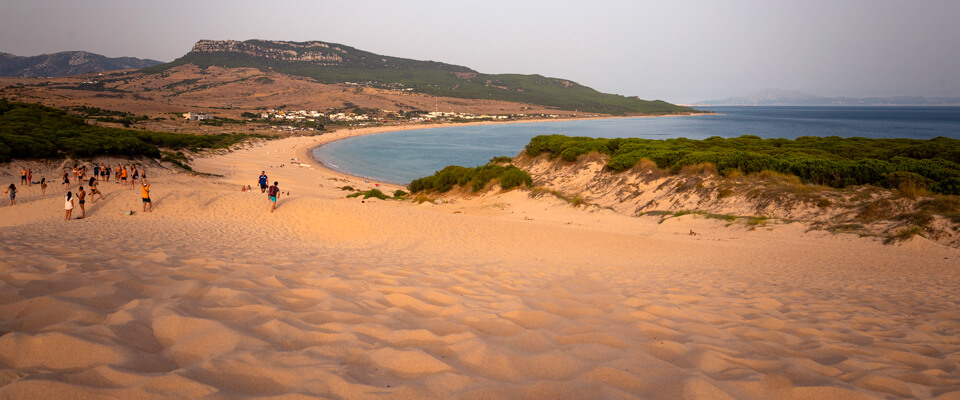
Good climate, excellent location and diversity of landscapes
The location of Spain between the Mediterranean Sea and the Atlantic Ocean makes it one of the most diverse countries in the world. The wide range of climates have modeled the peninsula into many different landscapes: From the mountains and centenary oak forests in the north to the wild-west like desserts in the south. You will enjoy warm and sunny days like in no other country of Europe. This, without a doubt, has made the Spanish character be open and spontaneous. In every city, town or village there is a lot of live in their streets any time of the year.
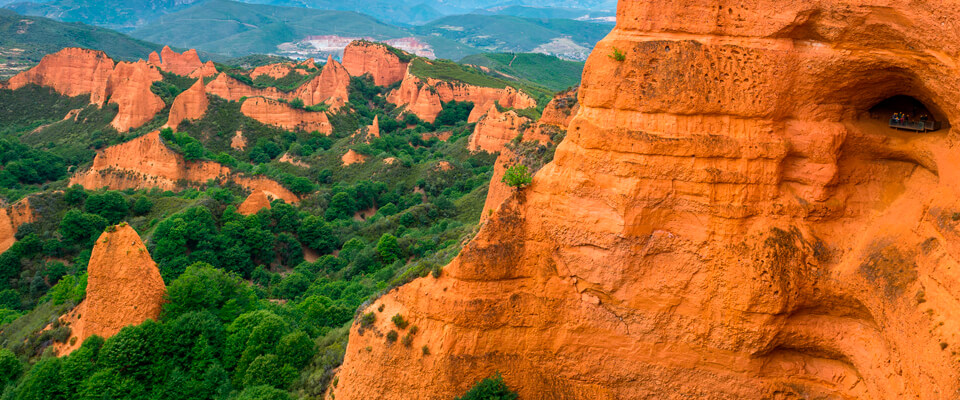
A multitude of historical and natural World Heritage Sites
In Spain they are one of a kind places to see and visit. In fact, is one of the countries in the world with more World Heritage Sites. From the well-known monuments like Alhambra, Cordoba’s Mosque or the Aqueduct in Segovia. To the many natural spaces that will take your breath away like the red sanded mountains of the Medulas that once where a roman open air mine and nature turned them into a science fiction scenery.
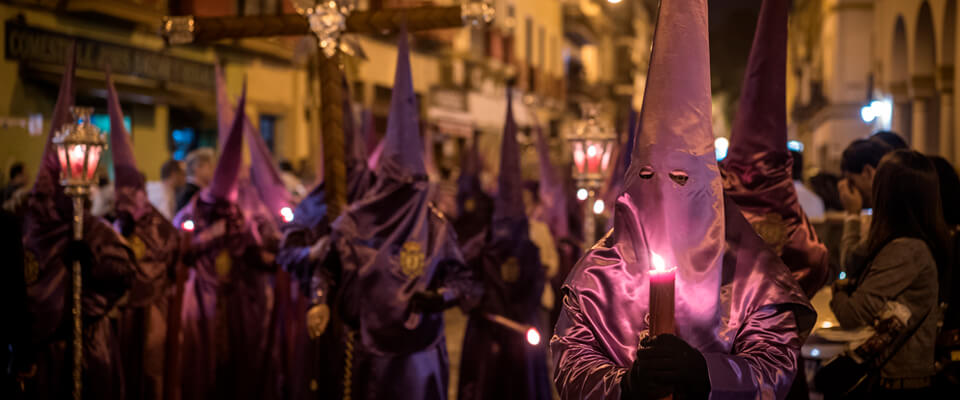
Discover the local life and traditions of an inspiring country
You will find amazing cities where there is always something going on like Madrid o Barcelona. An incredible number of quaint towns with well-preserved historic centers and medieval castles. A country of rich traditions like San Fermines in Pamplona or the Andalusian Easter Week. Discover why so many artists and writers have fallen in love with Spain and why is one of the most inspiring countries in the world!
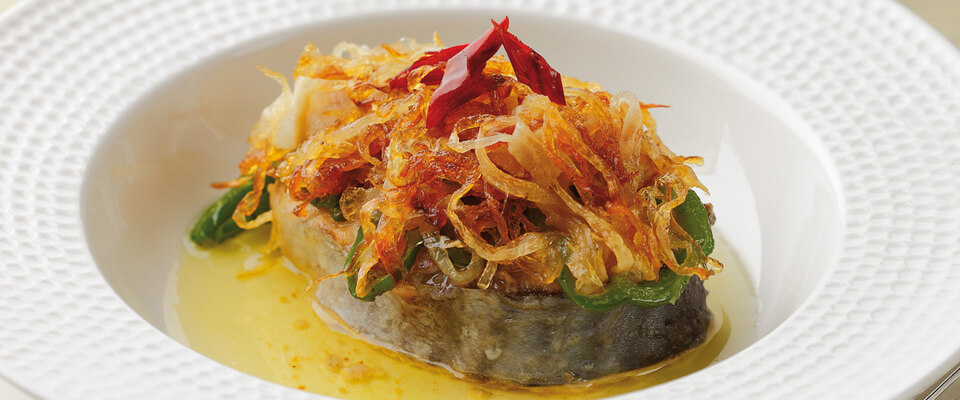
A unique gastronomy recognized worldwide
Year by year Spain is at the cutting edge of World’s Gastronomy. Spain has become the perfect destination for gourmets and foodies. Don’t miss the chance of spending some days in San Sebastian the capital of fine eating or in La Rioja where the best wines are produced. In any case, all regions of Spain can boast of having delicious traditional dishes!
The geographical areas of Spain where you can live the best experiences
Whether you’re thinking about visiting Andalucía, the marvelous region of Catalonia and Barcelona, Madrid and the center of Spain, or enjoy the beauty and magic of the Northern Spain, we can help you plan the perfect Spanish road trip for you.
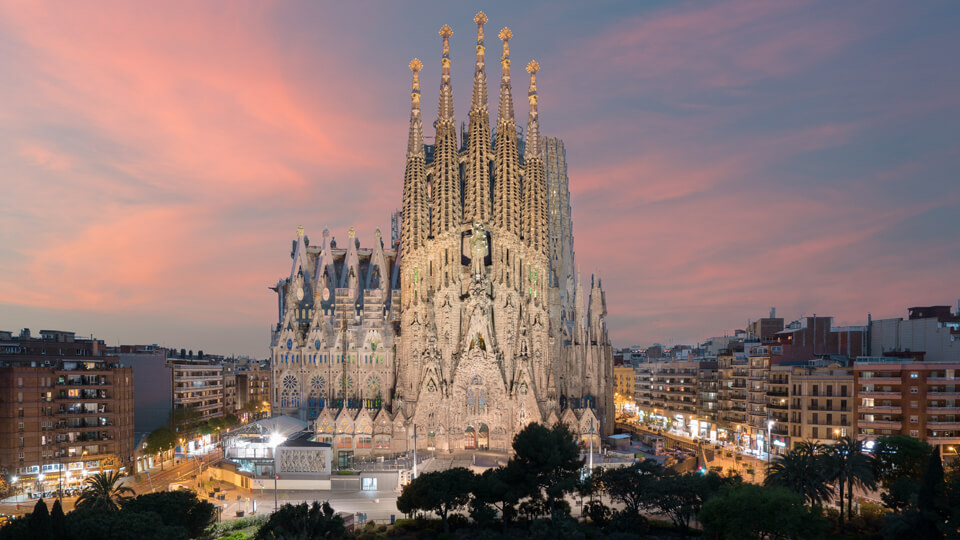
Do you want to spend some time visiting Barcelona’s iconic sights? Or maybe you want to know which are the best places to visit in Catalonia Spain? What if we told you that we have an expert guide who can explain every detail? Sounds like a perfect plan, doesn’t it?
With its own language and unique local customs, Catalonia feels different from the rest of Spain. It is full of natural splendor from its Pyrenean peaks to its rocky coves border sandy beaches or its serene seaside paths and fertile vineyards.
In Catalonia region, the city of Girona, the Gaudi architecture tour in Barcelona, the Jewish legacy, its food market along with Penedes wine region or maybe skiing are always good options for your trip here!
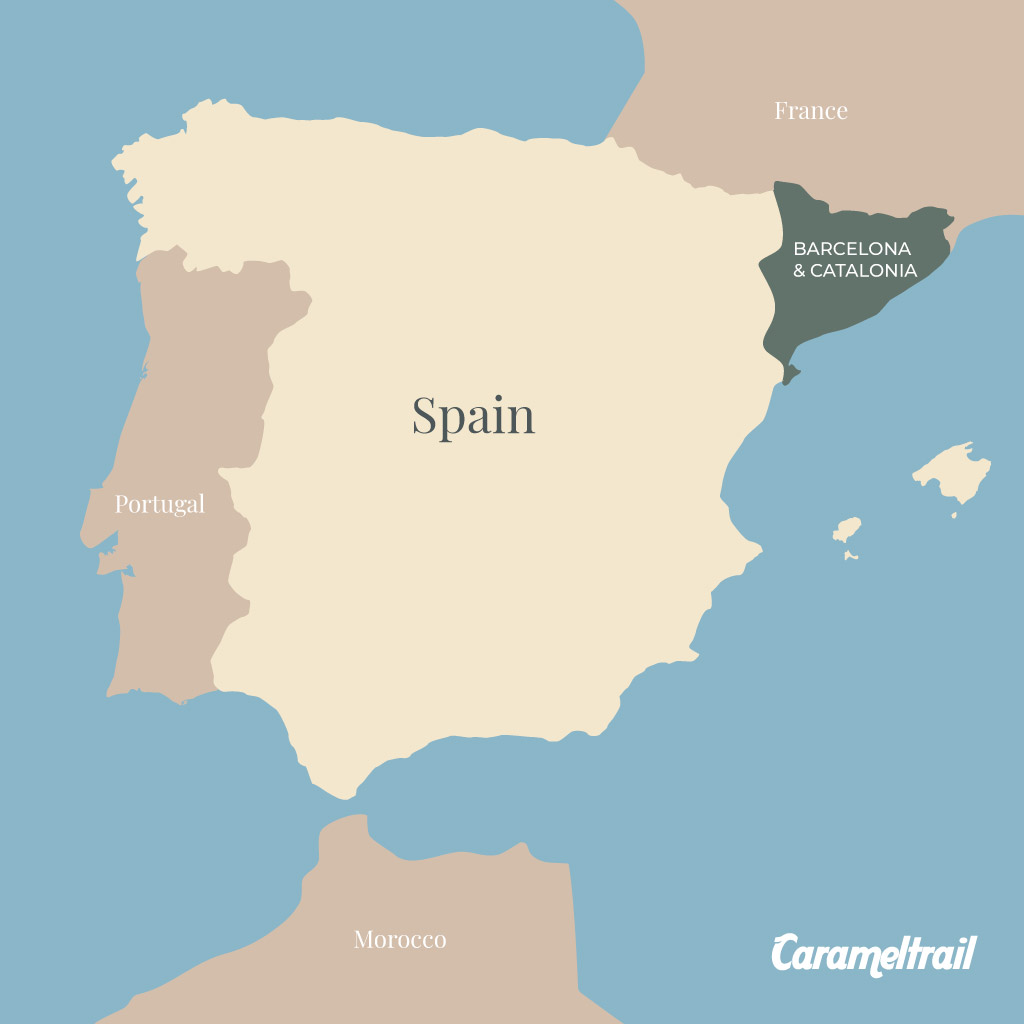
OUR EXPERIENCES FOR A TRIP TO BARCELONA AND CATALONIA REGION
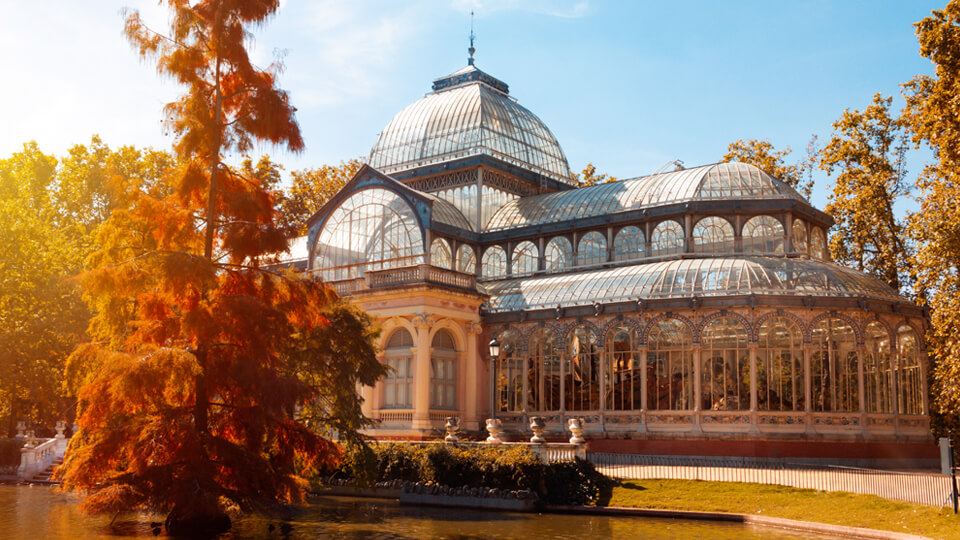
Whether you’re a foodie, a history or a culture lover, there’s a Madrid guided tour that’s perfect for you! The best part? Your private tour in Madrid can be 100% personalized so we can make your travel wishes come true.
Enjoy Prado, Thyssen-Bornemisza and Reina Sofia Museums and the historical sites of Madrid, the Alcazar and the Aqueduct of Segovia, take a peek to see and maybe buy some interesting things from El Rastro in Madrid and savor the wine and tapas that the capital of Spain has to offer. You can also choose a Segway tour or maybe a hot air balloon ride near the Madrid. Either way, it will be great fun!
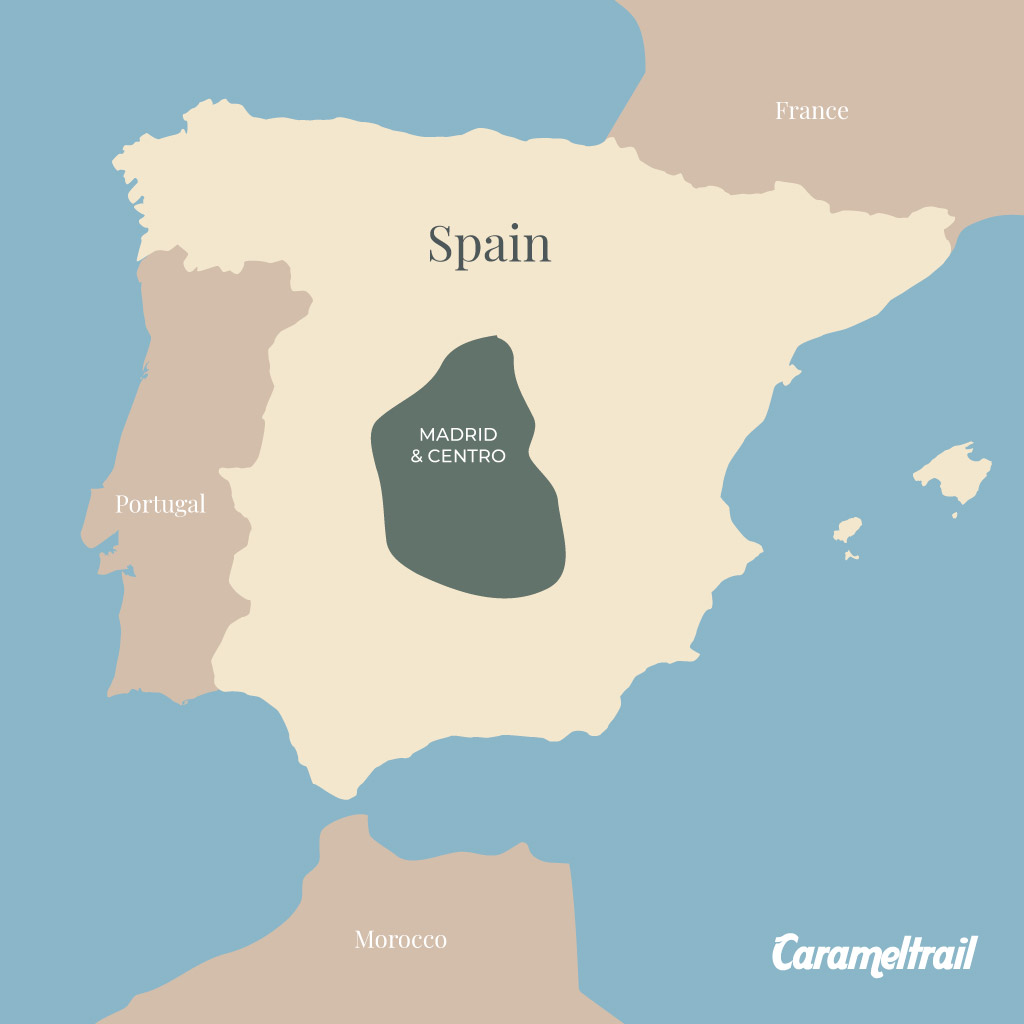
OUR EXPERIENCES FOR A TRIP TO MADRID AND CENTRAL REGION
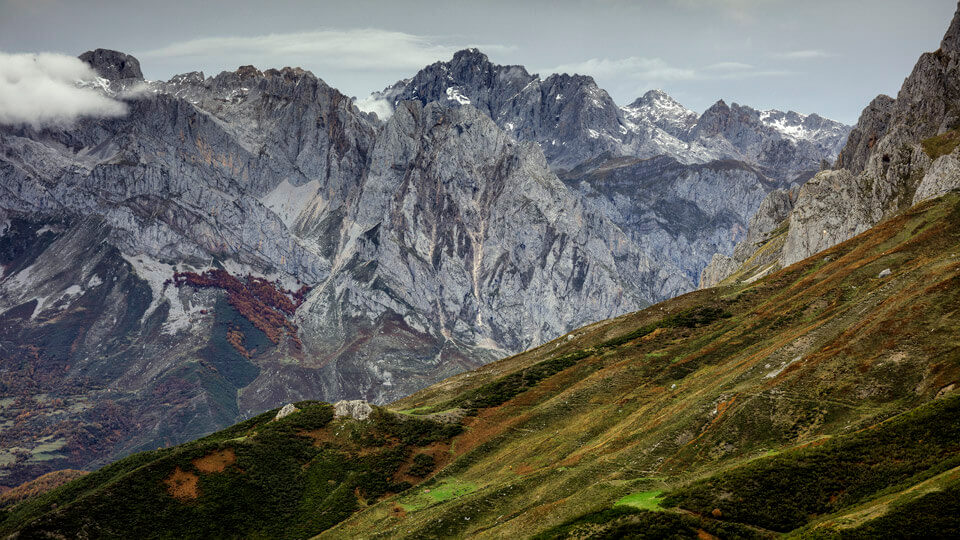
Northern Spain offers the perfect combination. Famous for its gastronomy, its elegant cities, which contrast magical towns, wide green landscapes and dream beaches.
The character of the lands of northern Spain leaves a mark on those who contemplate them. If you are looking to spend a holiday in Spain, but have never been to the northern lands, this is for you. If it’s not on your Spain wish list yet, add it now!
The milder climate of northern Spain suits many tourists, especially the more active ones. Discover Asturias, León, Cantabria, the Basque Country or Galicia, all of them full of charm, nature, good gastronomy, traditions. They will not disappoint you!
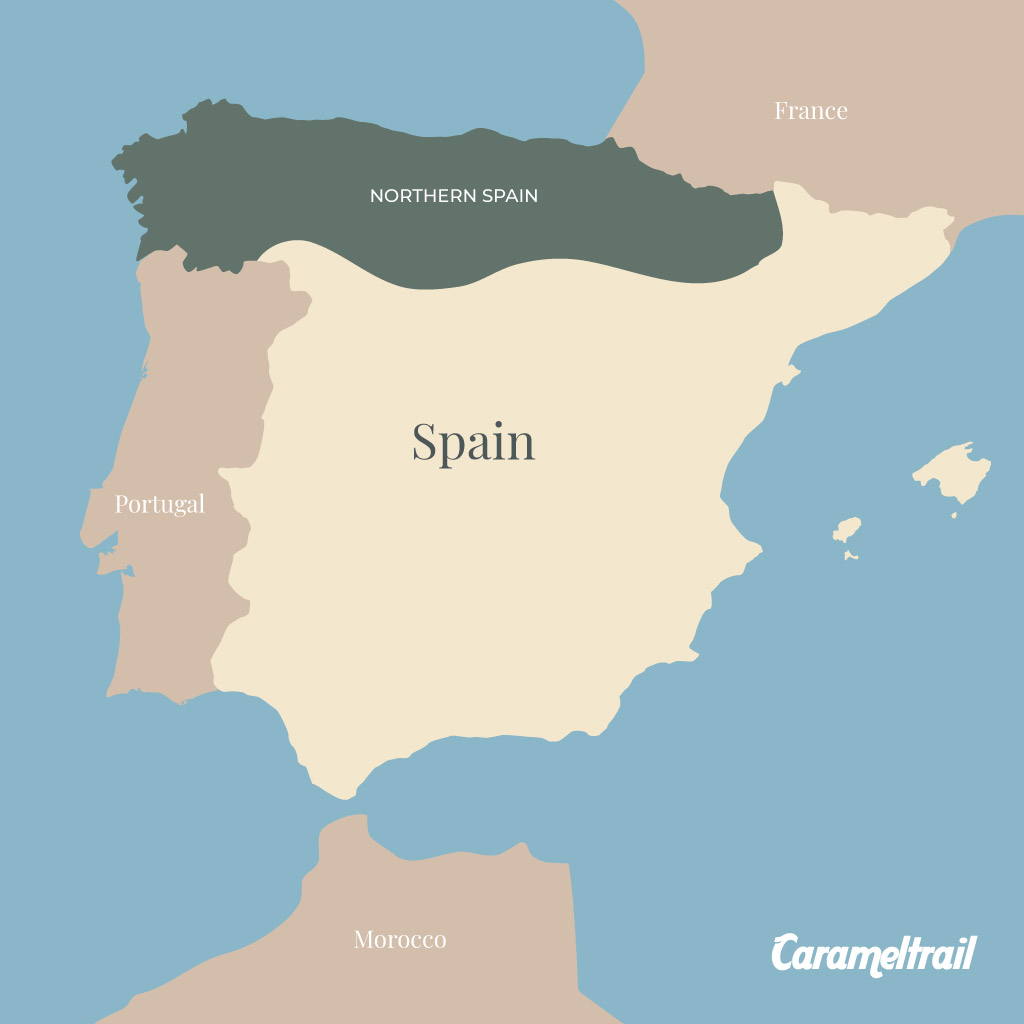
OUR EXPERIENCES FOR A TRIP TO THE NORTH OF SPAIN
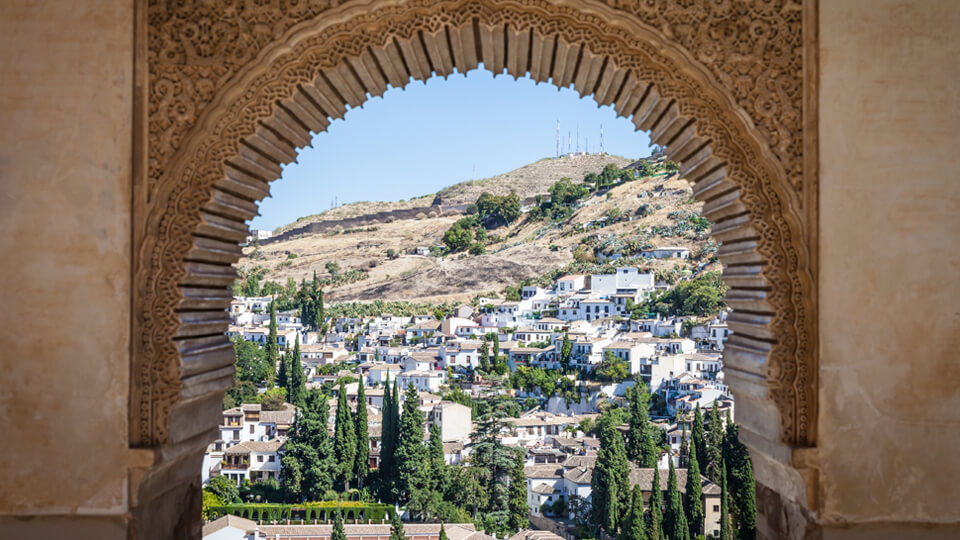
Moreover, Andalucía, the varied region between the Atlantic and the Mediterranean, can offer you: beautiful national parks, sandy coastline, iconic architecture, gastronomic delights and thriving local culture along with many UNESCO World Heritage sites.
Most visitors pick Seville, Cordoba or Malaga for traditional tapas, flamenco and bullfighting, but there is so much to discover beyond these magnificent cities. There are so many reasons to visit Andalusia that it will be difficult to make your choice.
Andalucia is home to a huge variety of historical monuments, museums and architecture. It has seven UNESCO World Heritage sites, like the majestic Alhambra in Granada, the Alcázar palace in Seville and the grand Mosque-Cathedral in Córdoba.
If you are passionate about nature, we strongly recommend you visit the Doñana National Park. This Park is well known worldwide as it is the place of more than 300 bird species so it will surely be a remarkable sight.
Don’t miss the chance to discover the Andalusian horse, to experience golf or private sailing tours, to do some hiking or to cross the Guadiana River on the zip line border.
Stop by the unbeatable Costa del Sol, discover the charm of the white small villages, take some flamenco dance lessons or a bike tour in the sunny capital of Seville.
No other part of Spain has this fascinating mix of cross-cultural heritage, art, nature, and passion.
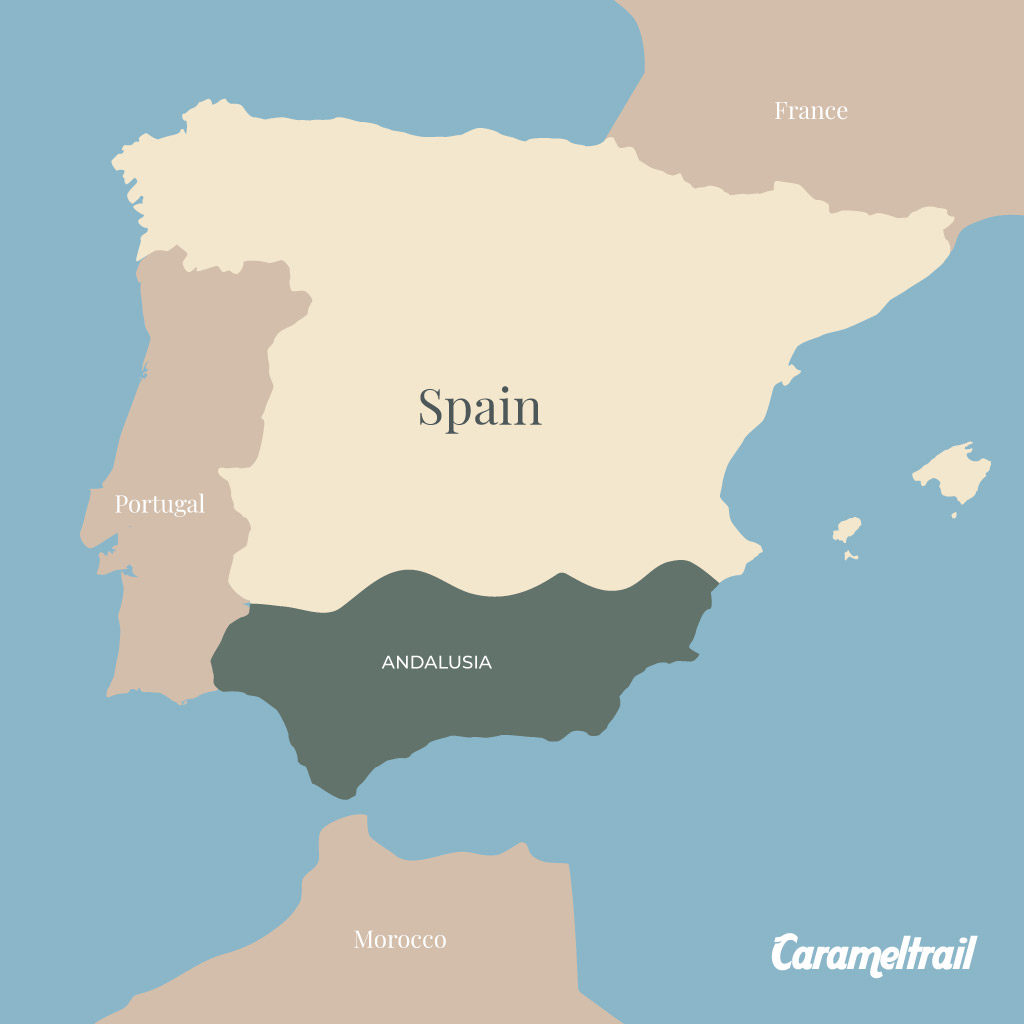
OUR EXPERIENCES FOR A TRIP TO ANDALUSIA REGION
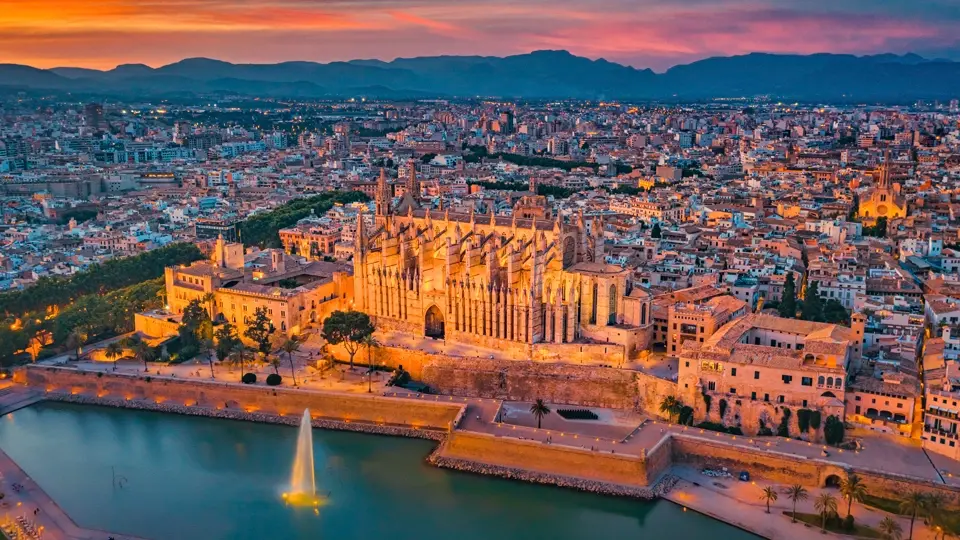
Beyond postcard-perfect beaches, Spain’s islands hold stories waiting to be uncovered. The rugged cliffs of Mallorca, the volcanic landscapes of the Canaries—these are places where nature and tradition intertwine to create something truly special.
In Mallorca, golden sunlight bathes ancient stone villages, where time seems to slow amidst cobbled streets and historic charm. Sail along its dramatic coastline, discover hidden coves, and embrace local flavors from vineyard to table. Meanwhile, the Canary Islands reveal their otherworldly essence through misty laurel forests, volcanic peaks, and starlit skies. Teide National Park transforms at dusk, unveiling one of Europe’s clearest night views, while Anaga’s untouched landscapes whisper secrets of a prehistoric past.
These islands are more than just getaways—they are experiences shaped by centuries of culture, adventure, and natural wonder. Let their rhythms guide you, and find moments that linger far beyond the journey.
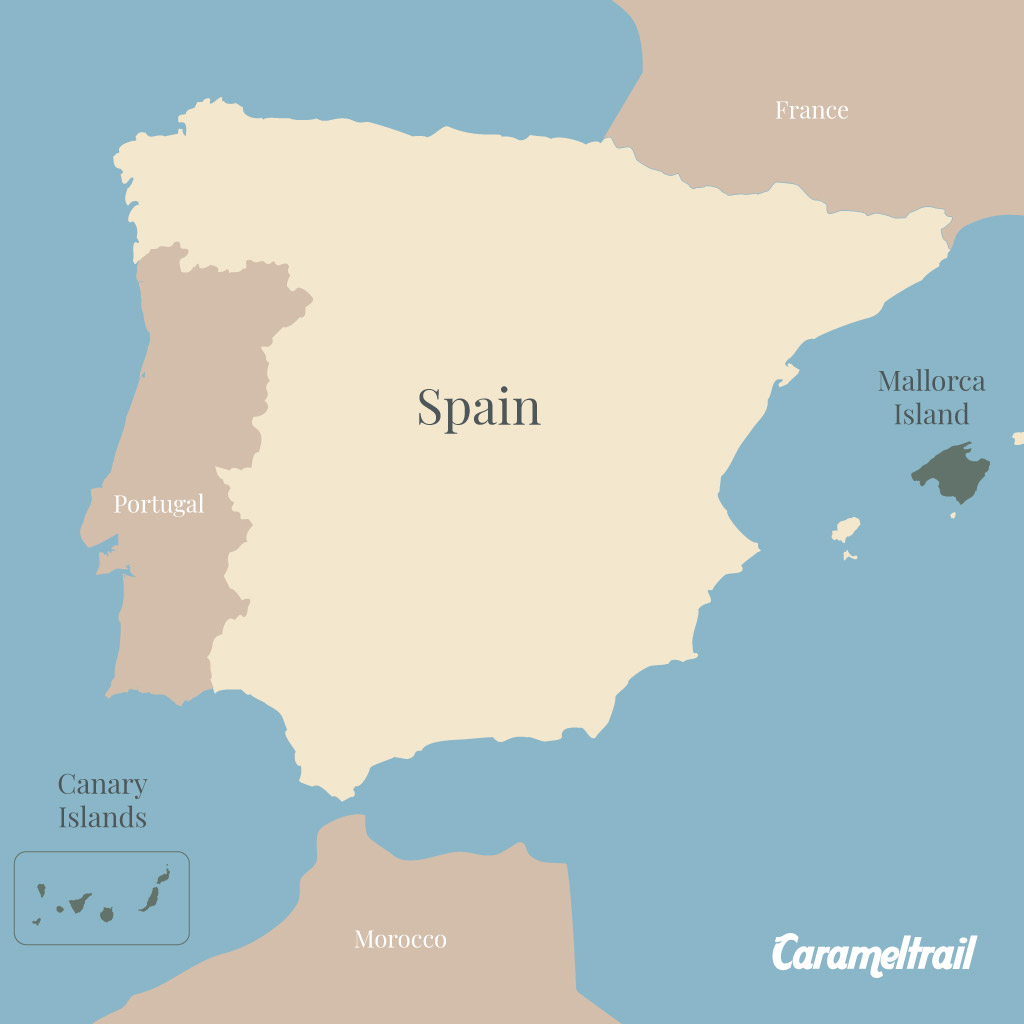
OUR EXPERIENCES FOR A TRIP TO MALLORCA AND CANARY ISLANDS
ENJOY THE WHOLE PROCESS OF CREATING YOUR TRIP
How do we do it?
01.
Tell us about your dream holidays!
Contact us by filling out the travel request form, via email or by phone. We will love to know about your interests, preferences, travel style, what you would like to see and do, your travel dates.
02.
We will prepare an exclusive travel proposal
Based on the interests you have shared with us we will send you a unique trip proposal.
03.
Fine tuning
After you review the proposal, we will be in contact to fine tune your itinerary and do any needed changes to adapt it to your interests and preferences.
04.
Book your trip
When you are ready to book your trip, we will send you the link to the secure gateway so you can pay.
FAQs – Spain Travel Questions
Yes, laundry services are commonly available in hotels across Spain, Portugal, and Morocco. Most hotels, especially mid-range and upscale ones, offer laundry and dry-cleaning services. If you’re staying in smaller hotels or hostels, they often have arrangements with local laundromats or provide self-service laundry facilities.
However, laundry services might be less readily available in rural areas or small villages compared to cities. Here you can choose the basic laundry services as many rural accommodations offer this service often for a small fee. Or you may take advantage of some local laundromats.
When traveling to Spain, Portugal, and Morocco, we advise you to have a travel insurance that should cover a few key areas to ensure a stress-free trip:
- Medical Coverage: Ensure it covers illness, injury, and any necessary medical treatments or hospital stays.
- Trip Cancellation/Interruption: This helps if your trip gets canceled or cut short due to unforeseen circumstances.
- Lost or Stolen Belongings: Coverage for lost luggage, passports, or personal items can save you a lot of trouble.
- Emergency Evacuation: In case of a serious medical issue, coverage for emergency transportation is crucial.
- Travel Delays: Compensation for significant delays can help cover unexpected expenses.
Having comprehensive travel insurance will give you peace of mind and let you enjoy your adventure without worries.
For exchanging money in Spain, Portugal, and Morocco, banks and official exchange offices are your best bet. ATMs also offer good rates. However, paying by card is often the easiest and most convenient option, as cards are widely accepted and usually give you the best exchange rates.
In Spain and Portugal, most tourist sites and public areas welcome photography. However, some museums, churches, and historical sites may have restrictions, especially regarding flash photography. Always look for signs or ask staff if you’re unsure.
In Morocco, photography rules can be a bit stricter. While many public places and markets are photo-friendly, some religious sites, palaces, and government buildings prohibit photography. Additionally, always ask for permission before photographing people to show respect for local customs.
Please always check for any specific rules at each site to ensure you’re following local guidelines.
In Spain and Portugal, it’s generally acceptable to take photos in markets and public places. Most people don’t mind, but it’s always polite to ask first, especially if you’re taking close-ups of individuals or their stalls.
In Morocco, it’s a bit different. While taking photos in markets is usually okay, it’s important to be respectful. Always ask for permission before photographing people, as some may find it intrusive. If you’re unsure, a friendly gesture and a smile can go a long way.
Enjoy capturing the beautiful moments on your trip, and remember to be considerate of local customs and people’s privacy!
In Spain and Portugal, Wi-Fi is widely available in most hotels, cafes, and public areas, especially in cities. You can expect free and reliable connections in many places.
Morocco also offers good Wi-Fi coverage in hotels and cafes in popular tourist destinations like Marrakech and Casablanca, though it can be more variable in rural areas. To ensure you stay connected, consider getting a local SIM card or bringing a portable Wi-Fi hotspot.
Enjoy your trip while you stay connected!
During the day it’s perfectly acceptable to wear shorts and sneakers. However, if you plan to dine at restaurants, it’s better to opt for longer pants. In these countries, people tend to dress more formally than in the US.
While speaking the local language can enrich your experience, many tourism professionals and younger people speak English in Spain, Portugal, and Morocco. However, learning a few basic phrases in the local language is always appreciated and can be very useful.
In Spain and Portugal, the currency is the euro (€). In Morocco, the currency is the Moroccan dirham (MAD). It is easy to exchange money at airports, banks, and exchange offices in major cities. Additionally, ATMs are widely accessible.
In Spain and Portugal, vegetarian and vegan options are increasing, especially in large cities and tourist areas. In Morocco, while the traditional diet includes meat, there are many vegetarian dishes available, especially in markets and tourist restaurants.
Each country has its own customs and traditions. In Spain, it is common to greet with two kisses on the cheek. In Portugal, people are very polite and appreciate good manners. In Morocco, it is important to dress conservatively, especially in rural and religious areas, and always ask permission before taking photographs of people.
For U.S. citizens, no visa is required for stays of up to 90 days in Spain and Portugal, which are part of the Schengen Area. For Morocco, no visa is required for stays of up to 90 days. However, it is always good to check specific requirements before traveling as policies can change.
In Spain and Portugal, tap water is generally safe to drink. In Morocco, it is advisable to drink bottled water to avoid stomach issues, especially in rural areas.
In Spain and Portugal, the standard voltage is 230V with a frequency of 50Hz, and plugs are of type C and F. In Morocco, the voltage is also 220V with plugs of type C and E. It is recommended to bring a universal adapter to avoid issues with your electronic devices.
Driving in Spain and Portugal is relatively easy for those who are accustomed to driving in Europe or other right-hand traffic countries. Both countries have a well-maintained network of highways and roads, particularly the major motorways, and road signs follow international conventions and are usually clear and well-placed. Traffic can be heavy in major cities, but we will always suggest having a rental in small towns that will allow you to discover scenic rural routes. A GPS or navigation app can be very helpful and connection work well in both territories.
Tapas are small appetizers or snacks that are a significant part of Spanish cuisine.
They can range from simple dishes like olives or cheese to more elaborate preparations like croquettes or grilled seafood.
Tapas are typically enjoyed as a social activity, often accompanied by drinks such as wine, beer, or vermouth.
They are commonly consumed in the late afternoon or early evening as a pre-dinner snack, or sometimes as a light meal in themselves.
In Spain, it’s common for people to go out for tapas with friends or family, hopping from one bar to another to sample different dishes.
A “siesta” is a short nap or rest taken in the early afternoon, typically after the midday meal.
In Spain, it’s a cultural tradition that originated as a way to rest during the hottest part of the day.
Historically, businesses and shops would close for a few hours during the siesta time to allow workers to rest and avoid the heat.
While the tradition of the siesta has become less common in urban areas and modern lifestyles, it still influences business hours in some parts of Spain, particularly in smaller towns and rural areas.
In these places, you may find that shops and businesses close for a couple of hours in the afternoon, typically between 2 p.m. and 5 p.m.
Nevertheless, in larger cities and tourist areas, the siesta tradition has less impact on business hours, and many shops remain open throughout the day.
In urban areas and larger cities like Madrid and Barcelona, the siesta has become less common due to modern work schedules and the influence of global business practices. Many businesses, especially those in the retail and service industries, remain open throughout the day without an afternoon closure.
Besides, tourist areas tend to maintain continuous business hours to cater to the needs of visitors, many of whom are not accustomed to the siesta tradition. This approach helps maximize business opportunities and accommodate tourists’ expectations.
In Spain, tipping culture differs from that of the United States. While tipping is appreciated for good service, it’s not as ingrained in the culture, and there’s no set percentage of the bill expected to be left as a tip.
Generally, if you’re satisfied with the service in a restaurant, cafe, or bar, it’s customary to leave a small amount of money as a tip, typically rounding up the bill or leaving a few euros extra.
In some cases, especially in tourist areas, a service charge may already be included in the bill, so it’s worth checking before leaving an additional tip.
However, leaving a tip is ultimately at the discretion of the customer and not obligatory.
Yes, there are 24-hour stores in Spain, particularly in larger cities and tourist areas. These establishments include convenience stores, gas stations, and some supermarkets.
Key options include convenience stores found in cities like Madrid and Barcelona, with chains like Opencor and some Carrefour Express locations. Most gas stations offer 24-hour service, including small convenience stores, and some Carrefour and Alcampo supermarkets in urban areas operate 24/7.
In Madrid and Barcelona, there is a higher concentration of 24-hour stores, especially in busy neighborhoods. Coastal regions and islands often have more 24-hour options to cater to tourists. Local laws can restrict operating hours, varying by municipality, and trading hours may be limited on holidays and Sundays.
Examples of 24-hour establishments include Opencor, known for extended hours with some locations open 24/7, select Carrefour Express locations offering 24/7 service, and widely available gas station mini-marts across the country.
However, the availability of 24-hour shopping may vary depending on the region and local regulations.
Most stores are open Monday to Saturday from 10:00 to 14:00 and from 16:30 to 20:30. Some shops have continuous hours, meaning they remain open throughout the day without interruption. We can give some examples, mentioning that this is mostly in large cities and “high tourist traffic areas.”
Shopping centers and large stores typically have longer hours, usually from 9:30 to 13:30 and from 16:30 to 20:00.
Temporary commercial activities, such as those linked to cultural, sports, or trade fair events, may have different schedules.
There are special schedule regimes for certain types of establishments, such as convenience stores, gas stations, etc., which have more freedom in their hours.
In general, the total commercial opening hours during weekdays cannot be less than 90 hours, according to basic regulations.
In cities like Madrid, Barcelona, and Seville, or in popular tourist destinations such as the Costa del Sol, it’s common to find stores that either follow the continuous hours model or have extended evening hours to cater to the higher foot traffic and varied schedules of tourists.
Meal times in Spain are more governed by the position of the sun, whereas in the United States schedules are more standardized. In summary, the main points of confusion for North Americans are the later meal times of the main meals and the greater importance of snacks in Spanish culture. Spanish people typically spend more time on meals and eat together as a family, while in the United States it is more common to eat individually and quickly.
In Spain, schedules are often influenced by cultural and environmental factors. Traditionally, meal times in Spain have been dictated by the position of the sun, with lunch (known as “la comida”) typically being the largest and most important meal of the day, often taken around 2:00 or 3:00 p.m. This timing aligns with the sun’s peak and allows for a break during the hottest part of the day.
Dinner (“la cena”) tends to be later in the evening, often around 9:00 or 10:00 p.m. This later dinner time is partly due to the cultural practice of taking a mid-afternoon siesta, which extends the day and shifts meal times later into the evening.
In contrast, in the United States, meal times are often more standardized, with lunch typically around noon and dinner around 6:00 or 7:00 p.m. These times are often dictated more by work and school schedules rather than by natural light patterns.
Additionally, the importance of snacking, or “la merienda,” is notable in Spanish culture. This is a light meal or snack typically taken in the late afternoon, between lunch and dinner. It can consist of anything from a simple sandwich to pastries or fruit.
This cultural practice contrasts with the American tendency to have fewer, larger meals throughout the day.
In Spain, “merienda” refers to a light meal or snack typically eaten in the late afternoon, usually between 17:00 and 19:00. It often consists of something like a sandwich, pastry, or piece of fruit, accompanied by coffee, tea, or a cold beverage.
The social context of “merienda” can vary depending on the day of the week and individual preferences. During the workweek, it might be a quick break enjoyed alone or with coworkers, perhaps grabbing a coffee and pastry from a local bakery. On weekends or holidays, it often becomes a more leisurely affair, with friends or family gathering to share snacks and conversation.
Common “merienda” options include sandwiches, pastries, cakes, churros, or fruit, accompanied by hot beverages like coffee, tea, or hot chocolate, especially during the colder months. In some regions of Spain, “churros con chocolate” is a popular choice for “merienda,” particularly during the winter months, providing a comforting and indulgent treat.
The location for “merienda” can also vary. While some people might enjoy it at home, others may prefer to meet at a cafe, bakery, or even a park. It’s a flexible tradition that can be adapted to fit different lifestyles and preferences.
On the other hand, “aperitivo” is more akin to an appetizer, often enjoyed before lunch or dinner. It’s commonly accompanied by alcoholic drinks like vermouth, wine, or beer, along with small bites like olives, nuts, or cheese.
These customs differ from those in the United States, where snacks might be more informal and varied throughout the day, and pre-dinner drinks and appetizers are not as formalized or common in everyday life.
In Spain, the “aperitivo” is typically enjoyed before lunch or dinner, usually in the late morning or early afternoon, around 11:00 to 13:00, or in the early evening, around 19:00 to 21:00. It’s often seen as a social ritual, a time to gather with friends or family before a meal, or even as a prelude to a night out.
The social context of the aperitivo varies depending on the region and the occasion. In some areas, it’s common to meet at a local bar or cafe to enjoy a drink and small bites before lunch or dinner. In others, especially in more urban areas, people might gather at home or in outdoor spaces like parks or plazas for a picnic-style aperitivo.
The types of drinks and snacks served during the aperitivo also vary widely. While alcoholic beverages like vermouth, wine, or beer are popular choices, non-alcoholic options like sparkling water or juices are also common, especially for those who prefer a lighter option or are abstaining from alcohol.
As for snacks, it’s typical to find a variety of olives, nuts, chips, cured meats, cheeses, and other small bites that are easy to share and enjoy in a social setting.
Overall, the “merienda” and aperitivo in Spain are not just about the food and drinks but more about the social experience of coming together with others to relax, unwind, and enjoy each other’s company before a meal. It’s a cherished tradition that adds an extra layer of conviviality to Spanish culture.
Spain:
- Breakfast (Desayuno): Usually light and taken early in the morning, typically between 7:00 and 9:00 AM. Common items include coffee, toast, or pastries.
- Mid-morning snack (Almuerzo): Between 10:30 and 11:30 AM, many people have a mid-morning snack, which can be more substantial than breakfast.
- Lunch (Comida): This is the main meal of the day, typically taken between 2:00 PM and 3:00 PM. It often includes multiple courses and can last for an hour or more.
- Afternoon snack (Merienda): Between 5:00 PM and 6:30 PM, people may have a small snack such as a piece of fruit, a pastry, or a sandwich.
- Dinner (Cena): Dinner is generally lighter than lunch and is taken later in the evening, usually between 9:00 PM and 10:30 PM.
United States:
- Breakfast: Usually taken early in the morning, typically between 7:00 and 9:00 AM. It can range from light options like cereal or toast to more substantial meals like eggs and bacon.
- Lunch: Typically lighter and quicker than dinner, taken between 11:00 AM and 1:00 PM. Common options include sandwiches, salads, and soups.
- Dinner: Usually the main meal of the day, taken earlier than in Spain, typically between 5:00 PM and 7:00 PM. Meals can range from simple to elaborate.
Key Differences:
- Lunch Timing: In Spain, lunch is the main meal and is eaten later in the day compared to the United States. In the US, lunch is usually a quicker, lighter meal.
- Dinner Timing: Dinner in Spain is eaten much later in the evening compared to the United States.
- Snacking: In Spain, it is common to have multiple smaller meals or snacks throughout the day, including a mid-morning snack and an afternoon snack.
The Spanish meal schedule reflects a cultural emphasis on socializing during meals and the traditional siesta, leading to later lunch and dinner times.
In contrast, the American meal schedule is generally more aligned with typical working hours, resulting in earlier meal times.
High speed train, domestic flights, private transfers, public transportation.
In both Spain and Portugal, people drive on the right-hand side of the road.
Yes, it is becoming easier to find bike rental systems in the cities of Spain. Besides, big cities like Barcelona, Madrid or Seville do not have big slopes so they are very comfortable for cycling.
Spain is the first country in the EU and the fourth in the world with the best railway network.
Spain ranks first in the EU for the quality of its railway network, and is also the fourth best in the world, only behind Japan, Switzerland and Hong Kong, according to a ranking made by the Institute of Economic Studies (IEE) based on data from the World Economic Forum.
Spain has more than 3,000 kilometers of high-speed lines (AVE), the second largest in the world after China and the first in Europe.
I suggest Google Maps. I have used many apps and this one is accurate, updated and works perfectly both in big cities or small villages in Portugal.
If you want to use it to move around the cities we suggest downloading from the app on your phone, the maps of the cities you will be visiting so you can use them without a connection. Look for this option in the menu, click it and just drag the world map to the required areas.
We will suggest talking to your phone company and checking with them if your phone will work in Spain. If it is a GSM phone then generally it will work, but please check before. You always have the option to buy a pre-pay SIM card in Spain. It will be cheaper and you will have access to data, email, etc.
Some travelers have told us that some of the restaurants we suggested were very “touristy”. The truth is that all restaurants are places where Spanish go to enjoy and meet friends, but depending on the hour of the day you go you will find more locals or less. Here in Spain usually we have lunch at around 2.30pm. During the summer, this time can go to 3pm, 4pm or even 5pm. Dinnertime usually starts around 9.30pm. Again, during the summer when days are longer, dinnertime can go to 10.30 or 11.00pm easily.
Therefore, if you go before those hours, you will find yourself alone in the restaurants or with other tourists because in Europe and Asia meal times are similar to US.
Regarding etiquette, maybe if you want to visit some nice restaurant a sport jacket will be better, but there are no special or formal requisites. No sport shoes.
Yes, Spain is one of safest countries in the world. However, you must be very careful with pick-pocketing and very careful of not leaving unattended your belongings in public spaces, restaurants and bars.
As a general recommendation for a trip to Spain, as for any other country in the world, is to take with you photocopies of your Passport and credit cards (both sides). This way if there is any problem with them, you will have always a copy of original. Never travel with original and copies together. If you feel more comfortable, you can always email me a copy of your passport and flight tickets and I will keep them until your return.
Here in Spain you can pay with credit card almost everywhere. You will be able to pay by credit card in taxis (ask before you get it), restaurants, shops, pubs…
The best way to get cash is withdrawing it. Therefore, we don’t recommend you to bring too much cash.
Ask your bank about commissions for withdrawal money from ATM in Spain. The commission you are charged to withdraw money from ATM is set by your bank, so please check with them before you leave US.
Also, ask your bank if there are banks that will accept easily your credit card and go directly to them. In Europe we use “Chip and Pin” credit cards and sometimes US credit cards don’t work in some ATM’s. If this occurs, don’t worry, we have many banks and ATM’s, you just have to know and find the one that works with your credit card. If you ask your bank, this will be easier.
June, July and August are sunny and dry months. So, our suggestion is to wear sun glasses, sun cream and hat if you are not used to sun.
The best months to travel to Spain, Portugal and Morocco are Mar-May, Sept & Oct.
Our favorite months are Abril, May, June, Sept and Oct.
From June to August expect warm, sunny and dry weather in Spain and Portugal. In Morocco you should expect high temperatures in July and August, especially in the South of the country.
Electricity in Spain is 220 Volt, 50Hz. So almost all electronic devices will adapt automatically to the different voltage. If you read the labelling of your device and you read “120V” or “100-120V”, then you will need a voltage transformer. If you don’t see this, generally your device will adapt automatically.
What you may need is a plug adapter. Sometimes the plugs adapters are combined with voltage transformer. Please read carefully the information on the unit. If the label of your device says “110-220” or “100-240” then you will only need a simple plug adapter (in this case, no transformer needed).
If you need more information on this website you will find more detailed information about electricity and adapters: http://www.power-plugs-sockets.com/
You just have to select on the right side of the page where are you travelling, then say which country you live in and you will see all the information.


